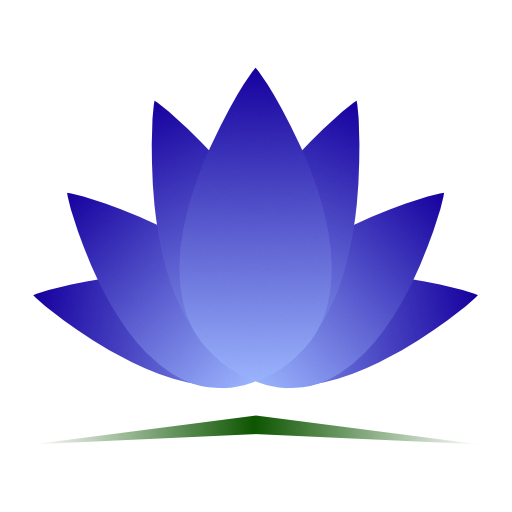Nepal, which was until recently a Hindu monarchy, has more festivals than days in a calendar year. These mostly religious festivals form the backbone of the social fabric of the nation and often vary according to ethnic group, belief system, and location.
Festivals serve multiple purposes in Nepal. They unite families and groups, are the focus of worship, and also provide an outlet for communication and interaction between villages and urban areas.
Unlike most of the West, Nepal follows the Vikram Sambat lunar calendar. The festivals noted here are given with their Nepali month and the Gregorian (solar) calendar equivalent.
- Baishākh
- Naya Barsha — Nepali New Year. People celebrate the occasion with picnics and other family outings.
- Bisket Jatra — This festival of Bhaktapur celebrates the slaying of serpents. A chariot containing a god and goddess is paraded around the city.
- Buddha Jayanti — This festival celebrates the birthday of Lord Buddha.
- Mata Tirtha Puja — Mothers are celebrated for the support and love they give their families.
- Rato Machhendranath Jatra — During this festival, which is celebrated in Patan, locals pull a giant painted chariot, which carries the image of Machhendra, the god of rain and plenty, along the streets.
- Asār
- Guru Purnima — Teachers are worshipped on this day.
- Janai Purnima & Raksha Bandhan — For Brahmins, this festival changes the holy string which they wear across their chest. Others wear a protective yellow and orange string on their wrists. The Gayatri mantra is chanted.
- Nag Panchami — Snakes are worshipped, as they are thought to have power over rain.
- Bhadau
- Gai Jatra — This festival celebrates those who have died during the past year. People dress up in outrageous costumes and perform in satirical skits in the street.
- Gokarna Aunsi (Kusi Aunsi) — This festival celebrates fathers and their positions as providers, leaders, and heads of families.
- Krishna Janmastami — The birthday of Lord Krishna.
- Rishi Panchami — Ritual washing is performed to remove all sins.
- Teej — Women pray for marital bliss and the health and wealth of their husbands. Unmarried girls also pray, hoping to be blessed with a good marriage.
- Indra Jatra — A festival to celebrate the end of the monsoon season and Indra, the god of rain. Kumari, the living goddess, is carried through the streets on a palanquin in a procession.
- Asoj
- Harishyani/Haribodhini Ekadashi — The marriage of a basil plant to the Shaligram.
- Dashain — This is the biggest and longest festival in Nepal. People worship all the manifestations of Durga and celebrate the triumph of good over evil. Celebrations go on for fifteen days.
- Kartik
- Tihar — The festival of lights in which Lakshmi, the goddess of wealth, is worshipped. This is the second largest festival in Nepal and lasts for five days.
- Magh
- Sweta Machhendranath — The living goddess, Kumari, visits the deity in Ason Tol. Worship on this day is meant to ensure a plentiful rainfall during planting season.
- Maghe Sankranti — This festival is for ritual bathing, and ushers in a holy month. It is believed that people who die on this day rise to heaven and are free from rebirth.
- Saraswati Puja — The birthday of the daughter of Shiva and Durga. Saraswati is worshipped as the goddess of learning and small children traditionally begin their studies on this day.
- Swasthani — Reading of the Swasthani scripture for a month. This worship is thought to remove curses, bring families together, and bring good fortune.
- Falgun
- Shivaratri — People fast and pray, hoping to have their sins absolved. Women pray to have marital bliss and a long and prosperous married life. Pashupatinath is filled with devotees and sadhus during this festival.
- Holi — Holi ushers in the beginning of spring with a festival of water and colored powders.
- Losar — The New Year for Tibetans and Sherpas in Nepal.
- Chaitra
- Ghode Jatra — It is thought that a demon was buried under the ground at Tundikhel and each year the army organizes parades and other events, which include the stomping of horse hooves on the ground, in an attempt to keep the demon interred.
- Chaite Dashain — This is a smaller version of Dashain in which the Seto Machhendranath (chariot) is pulled through certain neighborhoods of Kathmandu. The festival worships Durga.
- Ram Navami — The birth of Lord Rama is celebrated on this day.

